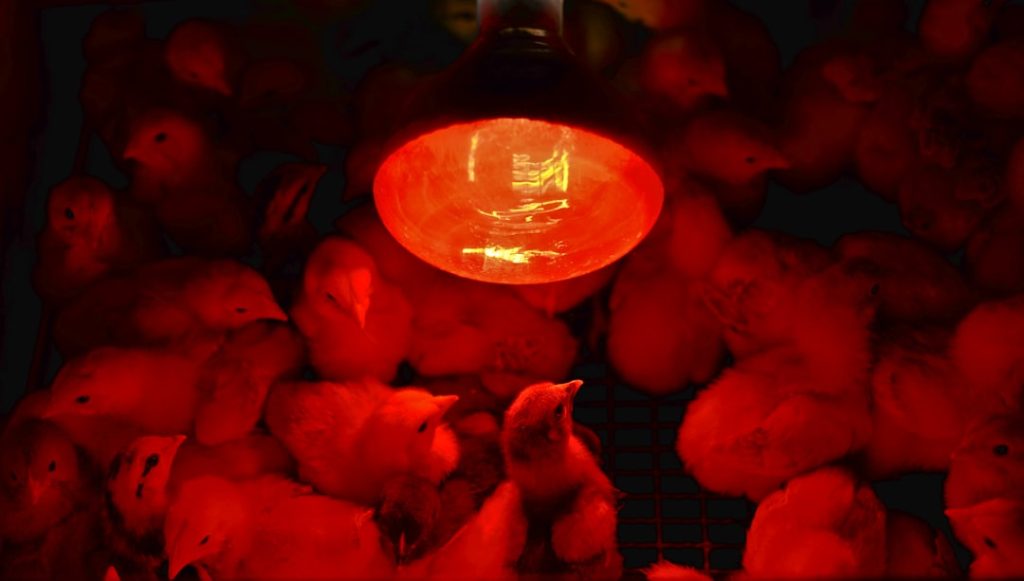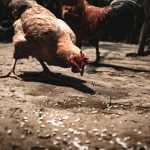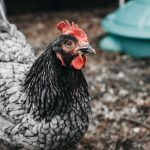When raising outdoor chickens in cold weather, it’s crucial to understand their specific needs to maintain their health and well-being. Chickens are generally hardy birds but can be affected by cold temperatures. They require adequate shelter, insulation, warmth, and high-energy foods to stay warm and healthy.
Monitoring chickens for signs of cold stress and protecting them from extreme weather conditions is essential. Chickens have natural feathers that provide insulation and help regulate body temperature. However, they remain vulnerable to cold weather effects without proper shelter and protection.
In cold temperatures, chickens need a dry and draft-free coop or shelter for nighttime roosting. They also require access to fresh air during the day, necessitating a balance between ventilation and draft prevention. Additional warmth may be needed in the form of heat lamps or heated waterers to prevent frostbite and ensure comfort.
Understanding and addressing these needs allows chicken owners to maintain a healthy and content flock throughout winter months. Proper care includes providing appropriate shelter, managing ventilation, offering high-energy foods, and supplementing warmth when necessary. By implementing these measures, chicken owners can effectively support their outdoor chickens during cold weather periods.
Table of Contents
- 1 Providing Adequate Shelter and Insulation for Outdoor Chickens
- 2 Using Heat Lamps and Heated Waterers to Keep Chickens Warm
- 3 Offering High-Energy Foods to Help Chickens Stay Warm
- 4 Protecting Combs and Wattles from Frostbite
- 5 Monitoring Chickens for Signs of Cold Stress
- 6 Implementing Additional Measures for Extreme Cold Weather
- 7 FAQs
- 7.1 What are the best ways to keep outdoor chickens warm in sub zero temperatures?
- 7.2 How can I insulate my chicken coop to keep it warm in sub zero temperatures?
- 7.3 Is it safe to use heat lamps or heated pads to keep outdoor chickens warm in sub zero temperatures?
- 7.4 How can I ensure proper ventilation in the chicken coop during sub zero temperatures?
- 7.5 What are some other tips for keeping outdoor chickens warm in sub zero temperatures?
Key Takeaways
- Outdoor chickens have specific needs in cold weather, including shelter, insulation, and high-energy foods.
- Adequate shelter and insulation are crucial for keeping outdoor chickens warm and protected from the cold.
- Heat lamps and heated waterers can help maintain a comfortable temperature for outdoor chickens in cold weather.
- Offering high-energy foods, such as grains and seeds, can help outdoor chickens stay warm and maintain their energy levels.
- Protecting combs and wattles from frostbite is important, as these areas are susceptible to cold injury in chickens.
Providing Adequate Shelter and Insulation for Outdoor Chickens
Creating a Dry and Draft-Free Environment
When it comes to shelter, it’s important to ensure that the coop is dry, draft-free, and well-ventilated. This can be achieved by sealing any gaps or cracks in the coop and providing proper ventilation without creating drafts.
Adding Insulation for Extra Warmth
Adding insulation to the coop can help regulate the temperature and provide extra warmth for the chickens during cold weather. Insulation can be added to the walls, ceiling, and floor of the coop to help retain heat and keep the chickens comfortable. Common insulation materials include straw, hay, or wood shavings, which can be added to the coop floor for extra warmth.
Preventing Overcrowding and Maintaining a Healthy Environment
Providing adequate shelter and insulation for outdoor chickens also involves ensuring that the coop is spacious enough to accommodate the entire flock comfortably. Overcrowding can lead to increased moisture and ammonia levels, which can be detrimental to the chickens’ respiratory health. By providing a well-insulated and properly ventilated shelter, chicken owners can help their flock stay warm and healthy during the winter months.
Using Heat Lamps and Heated Waterers to Keep Chickens Warm
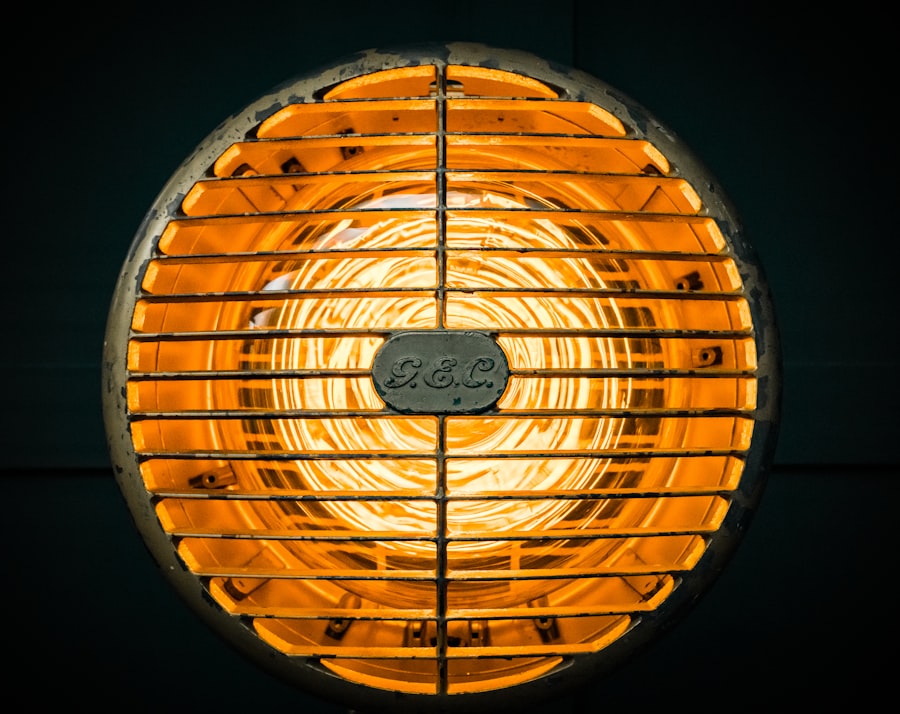
In addition to providing adequate shelter and insulation, using heat lamps and heated waterers can help keep outdoor chickens warm during cold weather. Heat lamps are a popular option for providing supplemental warmth in the coop, especially during freezing temperatures. They can be hung from the ceiling of the coop at a safe distance from flammable materials and adjusted to provide the right amount of heat for the chickens.
It’s important to use heat lamps specifically designed for poultry and to regularly check for any malfunctions or hazards to ensure the safety of the flock. Heated waterers are another essential tool for keeping outdoor chickens warm in cold weather. Water is crucial for chickens’ health and egg production, but it can freeze in low temperatures, making it inaccessible to the flock.
Heated waterers are designed to prevent water from freezing, ensuring that chickens have access to fresh water at all times. This is particularly important during cold weather when dehydration can lead to health issues for the flock. By using heat lamps and heated waterers, chicken owners can provide essential warmth and hydration for their outdoor chickens, helping them stay healthy and comfortable throughout the winter.
Offering High-Energy Foods to Help Chickens Stay Warm
Offering high-energy foods is another important aspect of caring for outdoor chickens in cold weather. During winter months, chickens require additional energy to maintain their body temperature and stay warm. High-energy foods such as grains, seeds, and suet can provide essential nutrients and calories to help chickens generate heat and sustain their energy levels.
Grains like corn, wheat, and barley are excellent sources of carbohydrates that can be fed to chickens as a supplement to their regular diet. In addition to grains, seeds such as sunflower seeds or black oil seeds are rich in fats and proteins that can help chickens stay warm during cold weather. Suet, which is a high-energy food made from animal fat mixed with seeds or grains, can also be offered to chickens as a treat or supplement during winter months.
These high-energy foods not only provide essential nutrients but also help chickens maintain their body heat and stay warm in cold temperatures. By offering a balanced diet that includes high-energy foods, chicken owners can ensure that their flock has the necessary resources to thrive during the winter months.
Protecting Combs and Wattles from Frostbite
Protecting combs and wattles from frostbite is crucial for outdoor chickens in cold weather. Combs and wattles are highly susceptible to frostbite due to their lack of feathers and high blood flow close to the surface of the skin. When temperatures drop below freezing, these exposed areas can become frostbitten, leading to pain, tissue damage, and potential infection.
To protect combs and wattles from frostbite, it’s important to provide adequate shelter with dry bedding and proper ventilation to prevent moisture buildup. In addition to shelter, applying a thin layer of petroleum jelly or a commercial product specifically designed for protecting combs and wattles can help create a barrier against frostbite. This should be done before nighttime when temperatures are at their lowest.
Another method of protecting combs and wattles from frostbite is by providing access to warm water for chickens to drink throughout the day. This can help maintain their body temperature and prevent frostbite on their exposed skin. By taking these measures, chicken owners can help protect their flock from the harmful effects of frostbite during cold weather.
Monitoring Chickens for Signs of Cold Stress
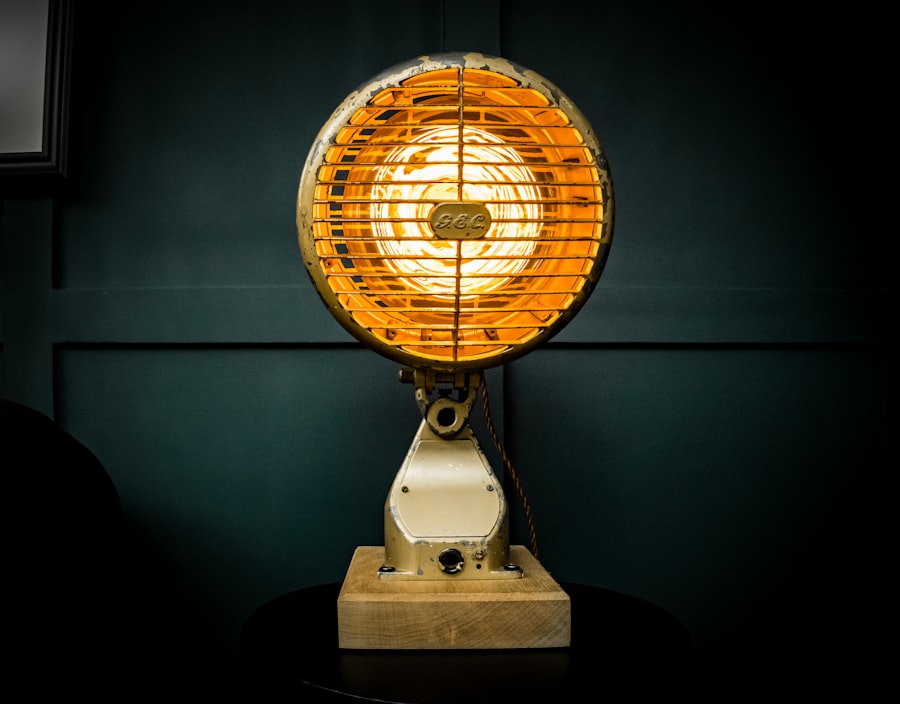
Recognizing the Signs of Cold Stress
Monitoring chickens for signs of cold stress is crucial for ensuring their health and well-being in cold weather. Cold stress can manifest in various ways, including shivering, huddling together for warmth, reduced egg production, decreased activity, pale combs and wattles, or even lethargy. It’s essential for chicken owners to regularly observe their flock for these signs of cold stress and take necessary measures to address any issues that arise.
Temperature Checks and Ideal Coop Conditions
In addition to visual observation, monitoring chickens for signs of cold stress involves checking their coop temperature regularly with a thermometer. The ideal temperature for a chicken coop in cold weather is around 45-50 degrees Fahrenheit (7-10 degrees Celsius). If the temperature drops below this range, additional measures such as providing heat lamps or adjusting insulation may be necessary to keep the chickens warm.
Proactive Measures for a Healthy Flock
By monitoring their flock for signs of cold stress and taking proactive measures to address any issues, chicken owners can ensure that their outdoor chickens remain healthy and comfortable throughout the winter months.
Implementing Additional Measures for Extreme Cold Weather
In extreme cold weather conditions, implementing additional measures is crucial for protecting outdoor chickens from the harsh elements. This may include using windbreaks or tarps to shield the coop from strong winds, adding extra bedding for insulation, or even temporarily relocating the flock to a warmer area if necessary. Windbreaks can be constructed using plywood or tarps around the perimeter of the coop to block out cold drafts and protect the chickens from chilling winds.
Adding extra bedding such as straw or wood shavings can provide additional insulation and warmth for the chickens during extreme cold weather. This can help prevent moisture buildup in the coop and provide a comfortable environment for the flock. In some cases, extreme cold weather may necessitate temporarily relocating the chickens to a warmer area such as a garage or barn until temperatures improve.
By implementing these additional measures, chicken owners can ensure that their flock remains safe and comfortable even in the face of extreme cold weather conditions. In conclusion, understanding the needs of outdoor chickens in cold weather involves providing adequate shelter and insulation, using heat lamps and heated waterers, offering high-energy foods, protecting combs and wattles from frostbite, monitoring for signs of cold stress, and implementing additional measures for extreme cold weather conditions. By addressing these aspects of care, chicken owners can ensure that their outdoor flock remains healthy, comfortable, and well-equipped to thrive throughout the winter months.
If you’re looking for tips on how to keep outdoor chickens warm in sub zero temperatures, you may also be interested in learning about the best chicken coop designs for cold weather. Check out this article on poultrywizard.com for some helpful insights on creating a cozy and insulated space for your feathered friends during the winter months.
FAQs
What are the best ways to keep outdoor chickens warm in sub zero temperatures?
Some of the best ways to keep outdoor chickens warm in sub zero temperatures include providing a well-insulated coop, using heat lamps or heated pads, and ensuring proper ventilation to prevent moisture buildup.
How can I insulate my chicken coop to keep it warm in sub zero temperatures?
You can insulate your chicken coop by using materials such as straw, hay, or wood shavings on the floor, adding extra insulation to the walls and ceiling, and sealing any drafts or gaps to prevent cold air from entering.
Is it safe to use heat lamps or heated pads to keep outdoor chickens warm in sub zero temperatures?
Yes, it is safe to use heat lamps or heated pads to keep outdoor chickens warm in sub zero temperatures, as long as they are installed properly and used according to the manufacturer’s instructions. It’s important to monitor the temperature in the coop to prevent overheating and fire hazards.
How can I ensure proper ventilation in the chicken coop during sub zero temperatures?
You can ensure proper ventilation in the chicken coop during sub zero temperatures by installing adjustable vents or windows that can be opened or closed as needed, and by using a fan to circulate the air and prevent moisture buildup.
What are some other tips for keeping outdoor chickens warm in sub zero temperatures?
Some other tips for keeping outdoor chickens warm in sub zero temperatures include providing extra bedding for insulation, using heated waterers to prevent water from freezing, and offering high-energy foods such as cracked corn or sunflower seeds to help chickens generate body heat.
Meet Walter, the feathered-friend fanatic of Florida! Nestled in the sunshine state, Walter struts through life with his feathered companions, clucking his way to happiness. With a coop that’s fancier than a five-star hotel, he’s the Don Juan of the chicken world. When he’s not teaching his hens to do the cha-cha, you’ll find him in a heated debate with his prized rooster, Sir Clucks-a-Lot. Walter’s poultry passion is no yolk; he’s the sunny-side-up guy you never knew you needed in your flock of friends!

